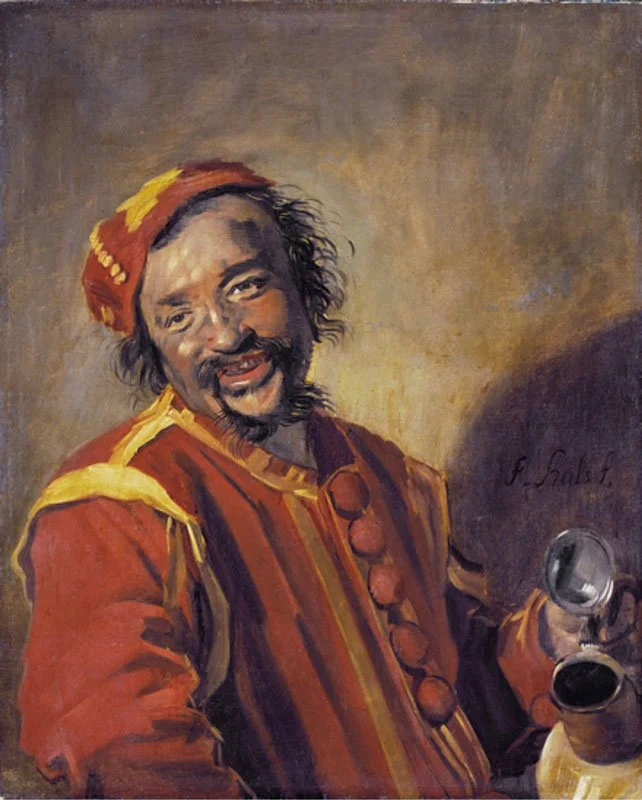How Can Humour be Used as a Defence?
Peeckelhaering, Painting by Frans Hals, 1628–30
Humour as a defence mechanism allows individuals to confront painful or anxiety-provoking realities through wit, irony, jokes or laughter rather than direct confrontation. In psychodynamic psychotherapy, humour is viewed as one of the mature defences, a classification developed by psychiatrist George Vaillant in his hierarchy of defence mechanisms. Unlike denial or projection, which distort or avoid reality, humour acknowledges difficult truths while softening their emotional impact and enables patients to gain some distance from distress without the complete repression of feelings.
Through humour, patients can express what might otherwise be unbearable or socially unacceptable thoughts in a more tolerable way. For example, someone who has gone through loss or shame might make light of their experiences to maintain composure or connect with others. However,, as psychotherapists recognize, humour can also conceal vulnerability; when used excessively or defensively, it may indicate deeper pain or inhibit genuine expression and insight.
Officer and Laughing Girl, Painting by Johannes Vermeer, 1657
In therapy, attention to a patient’s humour provides valuable insights into their inner world. The tone, timing, manner, and subject of humour can usually reveal how the patient manages anxiety or conflict. A joke may indicate unconscious hostility, guilt, sadness, or grief, which can offer insights into underlying dynamics that might be avoided or dismissed. Psychodynamic therapists listen not only to what is said but to how humour functions within the therapeutic relationship as well.
Vaillant’s work highlights humour as one of the most adaptive strategies in emotional regulation because it integrates reality testing with self-awareness. It reflects the ego’s ability to tolerate tension and accept imperfection, both in oneself and in others, without distortion. In this sense, humour is not a denial of pain but a smoother way of transforming it into something more reflective.
For many patients, discovering how they use humour can become a crucial part of the therapeutic process. When guided with empathy and curiosity, they learn to appreciate their humour as both a shield and a source of strength which can help them use it less to avoid feeling and more to demonstrate the truth of what is happening, leading to deeper understanding.



